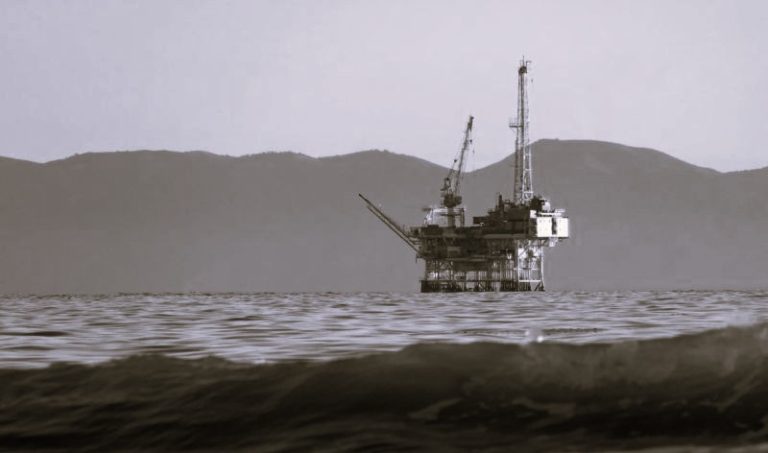

The melting of Thwaites glacier is expected to accelerate.

By Alison George
Featured Editor
NewScientist
A six-year investigation into the vast Thwaites glacier in Antarctica has concluded with a grim outlook on its future.
Often dubbed the “doomsday glacier”, this huge mass of ice is comparable in size to Britain or Florida and its collapse alone would raise sea levels by 65 centimetres. Worse still, this is expected to trigger a more widespread loss of the ice sheet covering West Antarctica, causing a calamitous sea level rise of 3.3 metres and threatening cities like New York, Kolkata and Shanghai.
It is an extremely remote and difficult area to get to, but the International Thwaites Glacier Collaboration (ITGC), a joint UK-US research programme, has managed to deploy 100 scientists there over the past six years, using planes, ships and underwater robots to study the dynamics of this ice in detail. “It was a tremendous challenge, and yet we really learned a lot,” says Ted Scambos at University of Colorado Boulder.
READ ENTIRE ARTICLE AT NEWSCIENTIST


